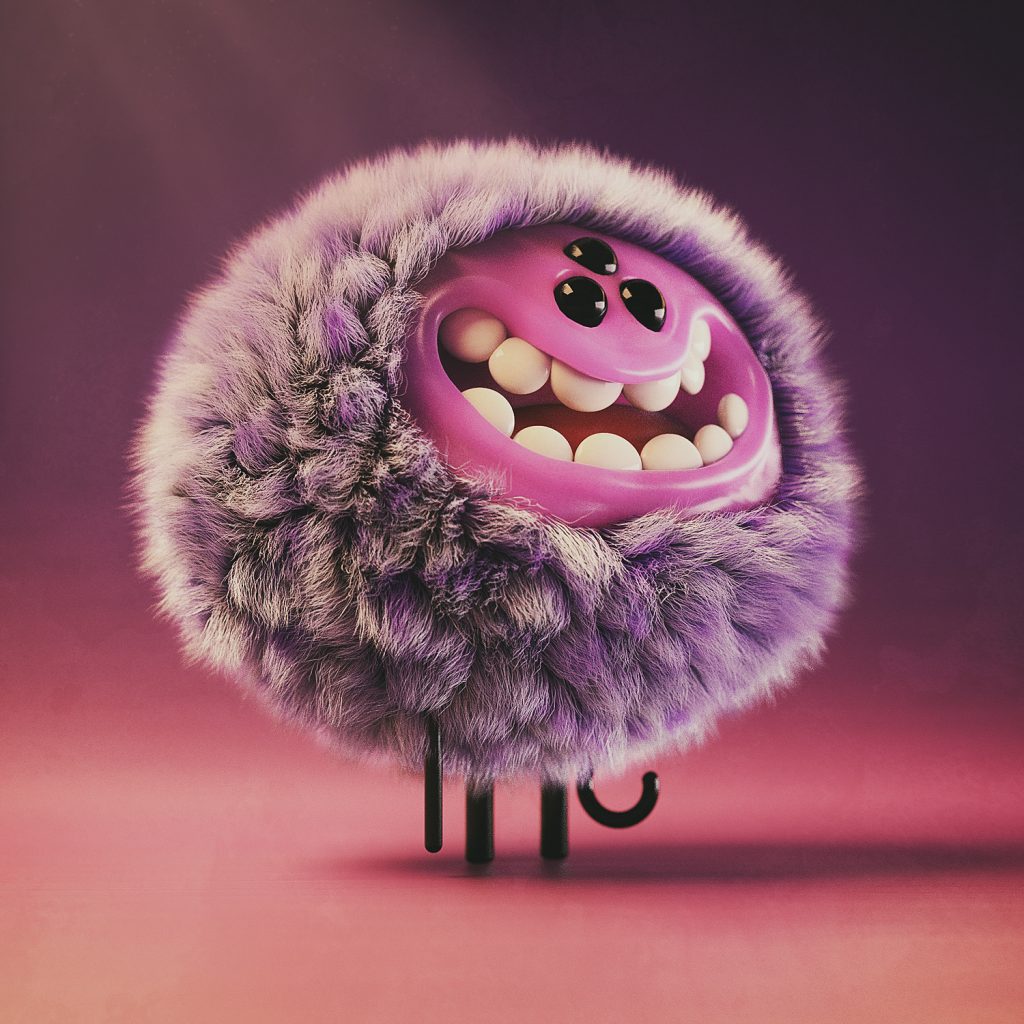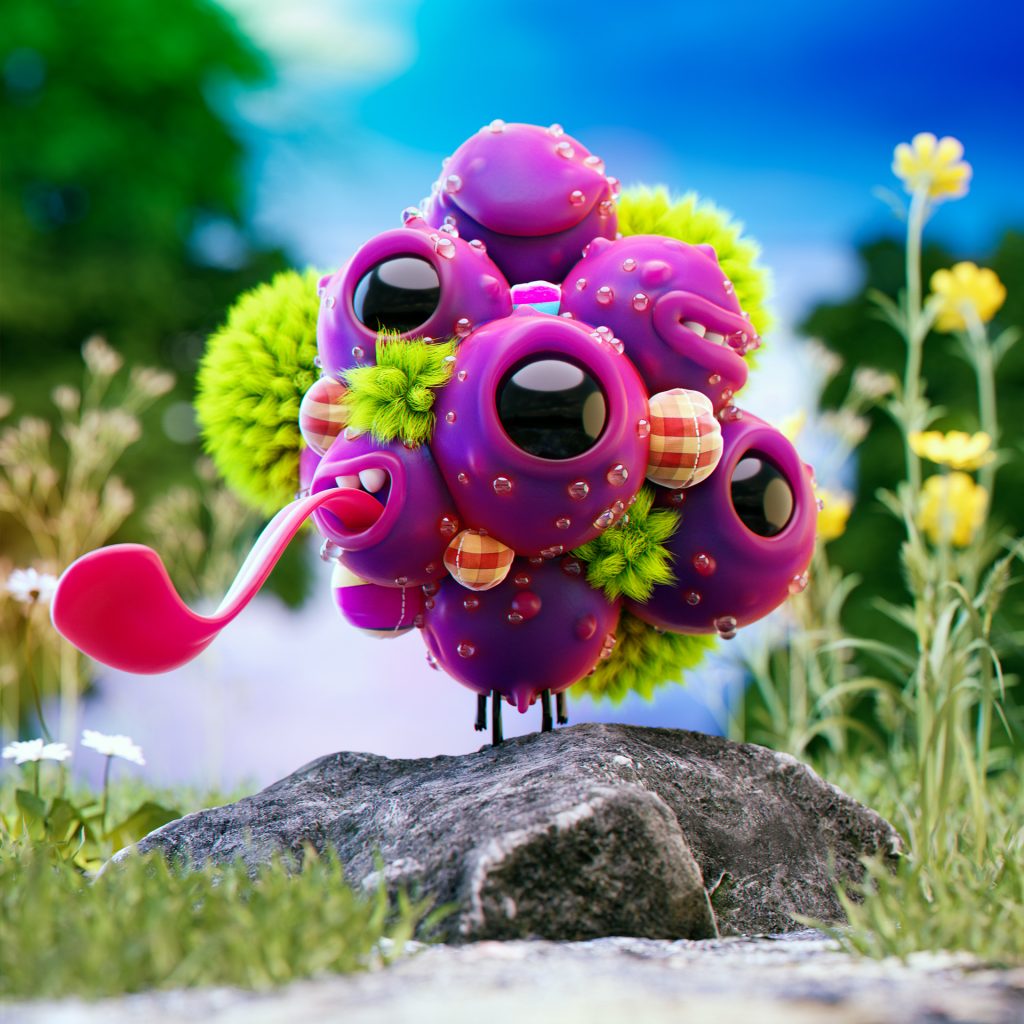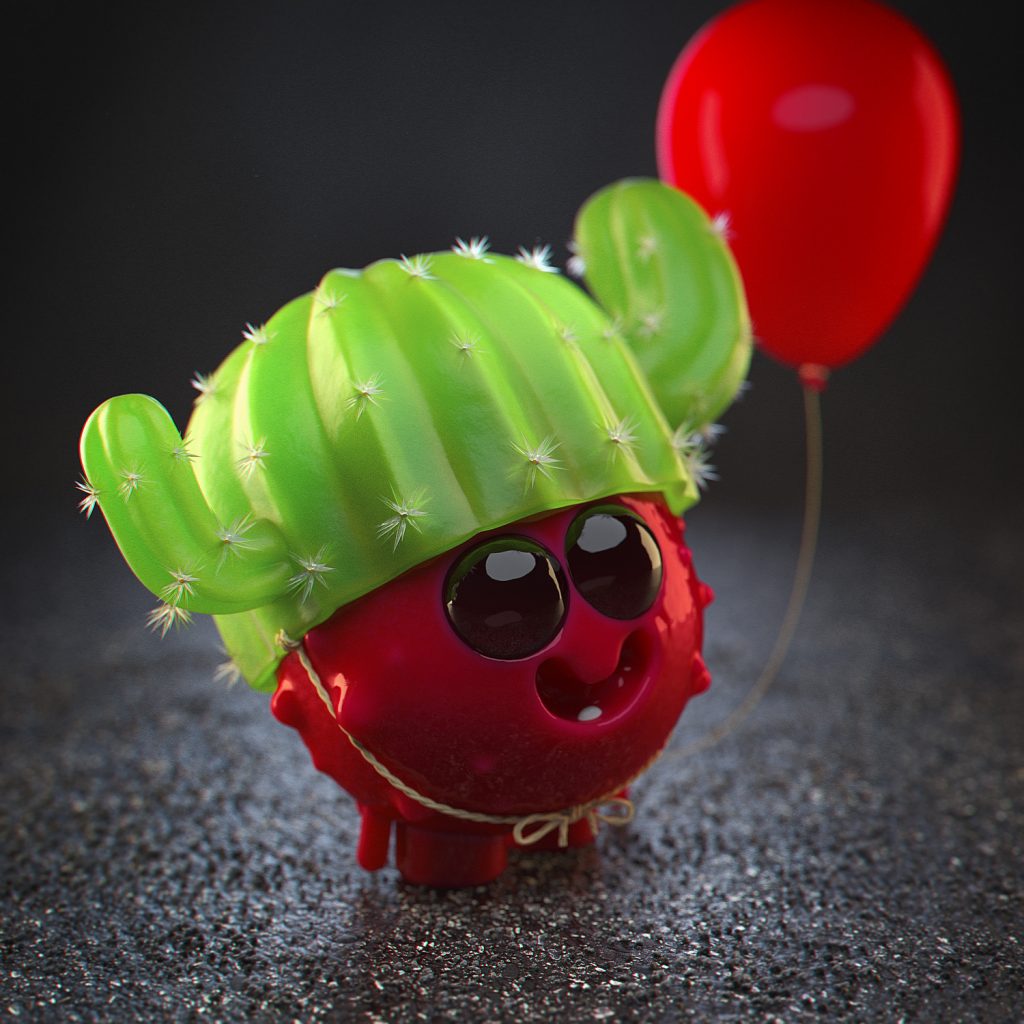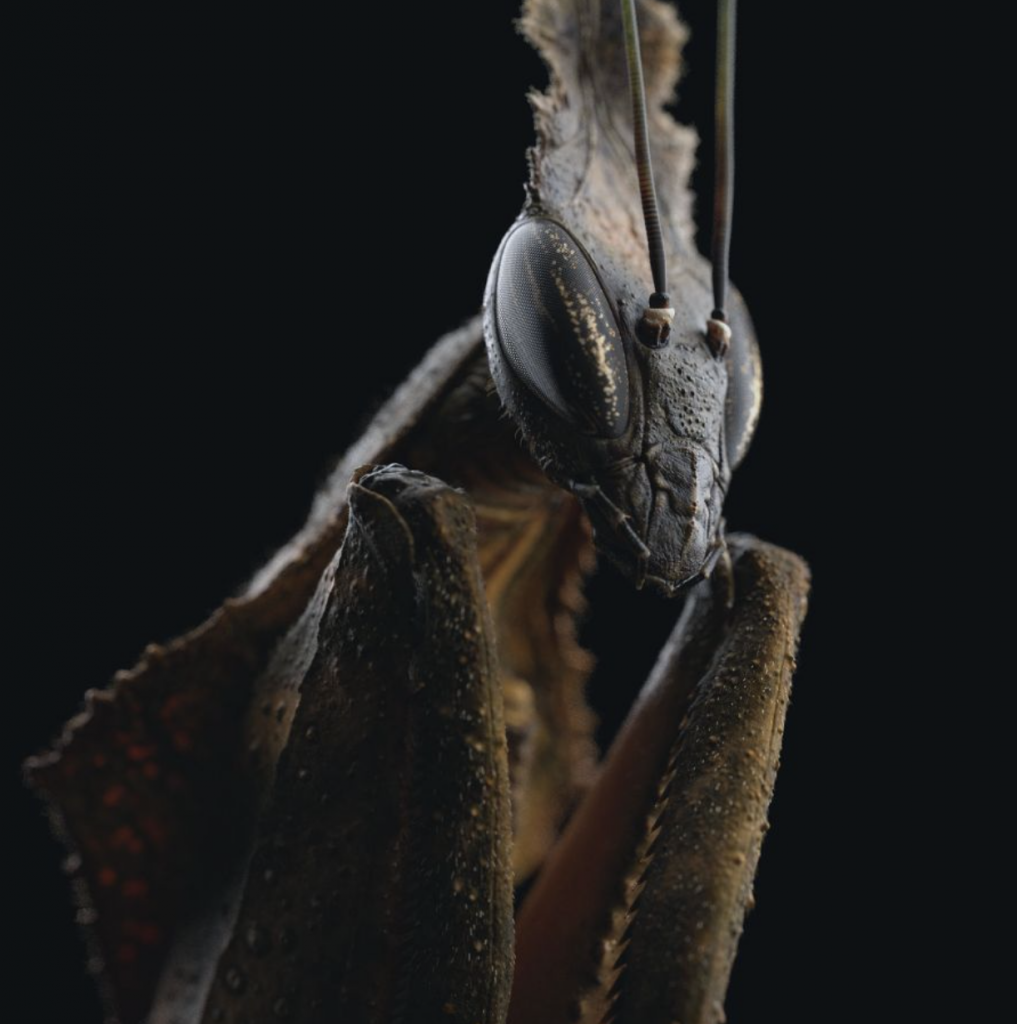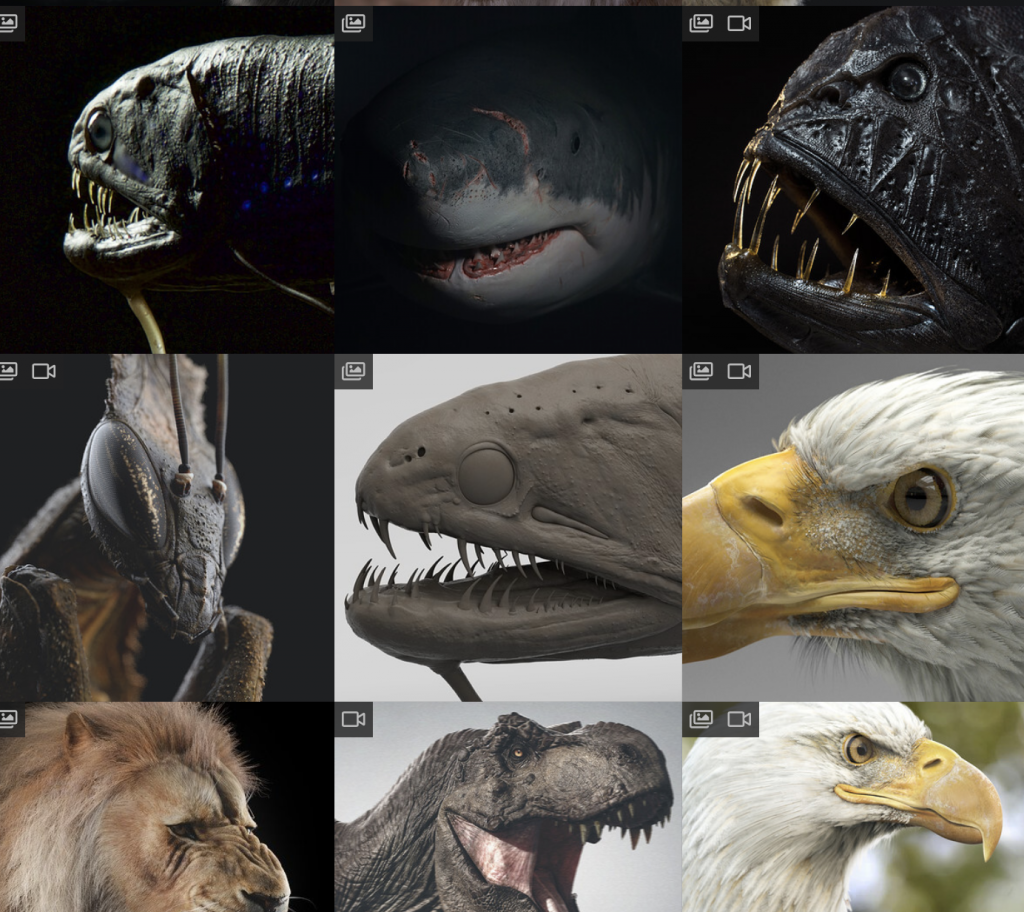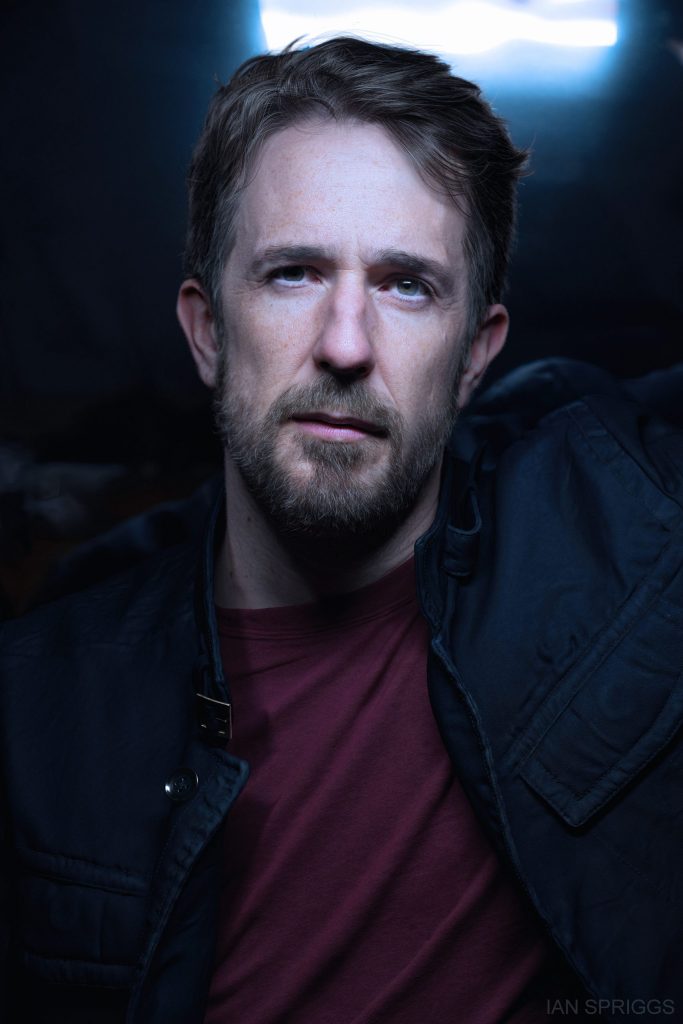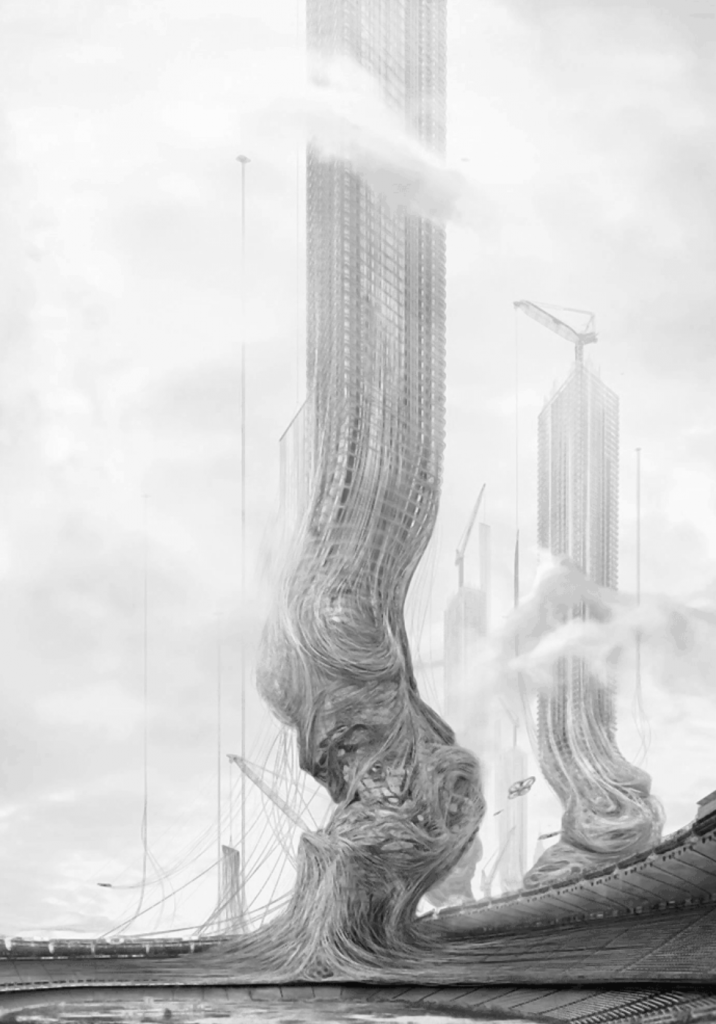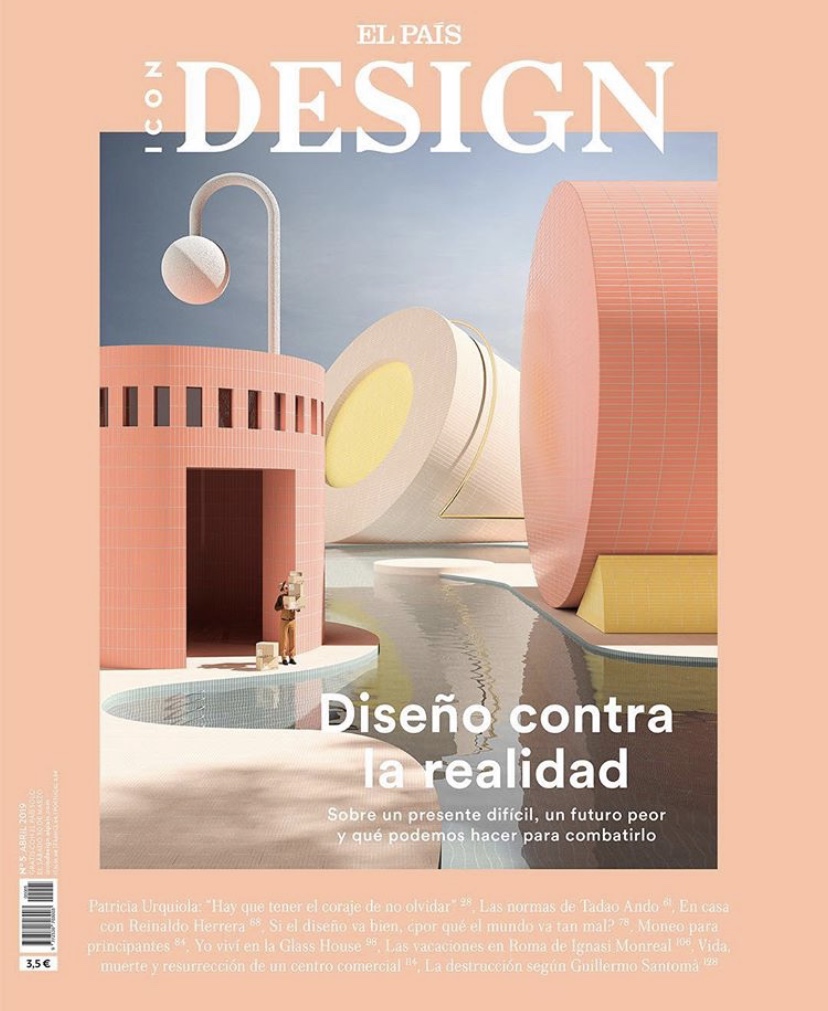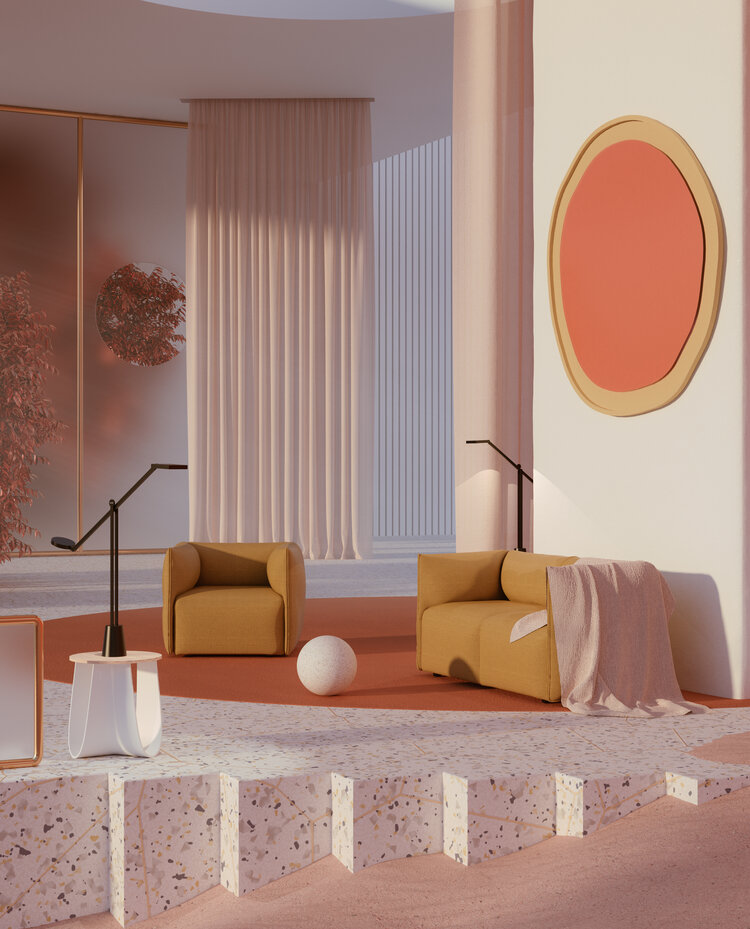A group that really interests me in their capacity for 3D graphics is the small architecture firm WOJR. The way in which they render their buildings can at times even make the unbuilt projects look extremely realistic. I think that the way they incorporate graphics into their workflow is really great, since they often have much rougher and patched together graphics to get an idea for the textures and feeling of the place, but are then able to translate those same ideas into realistic renderings that give a much greater sense of place for the viewer, and can sometimes trick you into thinking you’ve stumbled onto a staged photograph. The image below is from their house a ‘Mask House’.
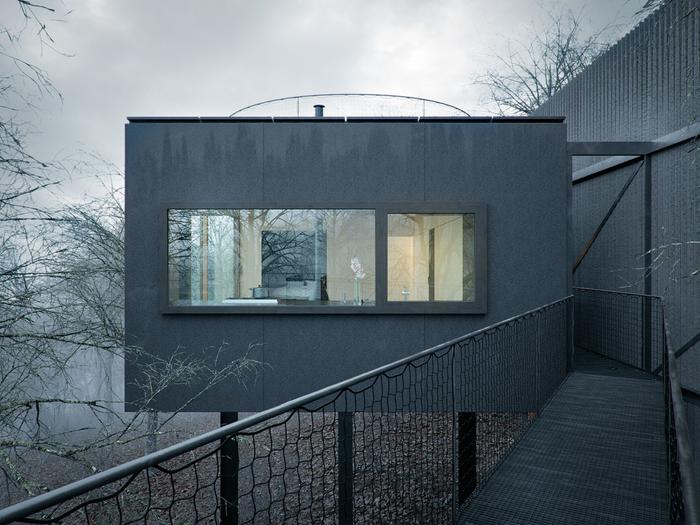
![[OLD FALL 2020] 15-104 • Introduction to Computing for Creative Practice](../../../../wp-content/uploads/2021/09/stop-banner.png)


